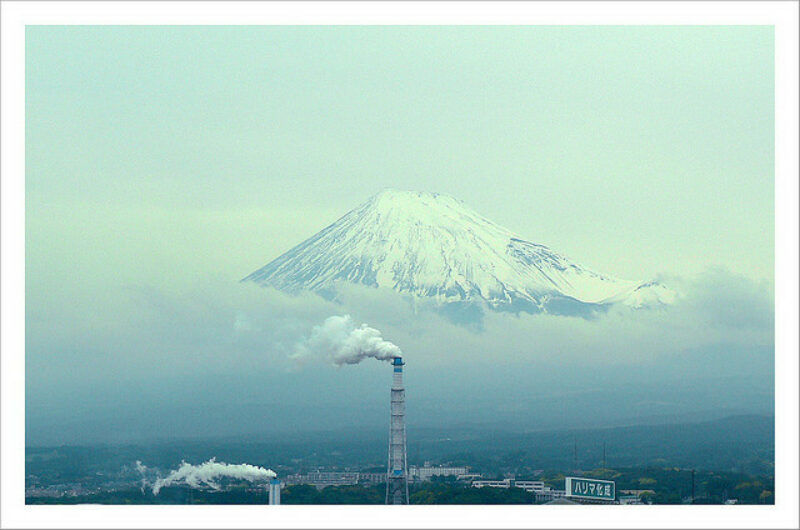Japan reverses Copenhagen pledge, widens global emissions gap, nuclear shutdown not to blame
Share

The new target will mean that by 2020, Japan’s emissions will have increased by 3.1% above 1990 levels, adding another 356 MtC02e/year to the atmosphere, and changing its Climate Action Tracker rating from “Sufficient” to “Inadequate.”
The 2011 shutdown of Japan’s nuclear industry cannot account for this massive degradation of ambition. Replacing all nuclear production projected for 2020 with the present fossil fuel mix would reduce the original 25% reduction to a 17-18% reduction. Even a shift to coal to replace nuclear would halve the original reduction – still far from explaining the planned increase in emissions. With this new target, Japan will have to do little to fulfil its new 2020 pledge.
“This historic reversal in Japan’s climate policy away from reductions towards increasing its own emissions could become a tipping point, feeding a downward spiral of ambition globally at a time when Governments are supposed to be inspiring global action on climate,” said Marion Vieweg of Climate Analytics.
“This is also a clear indication that pledges made under a ‘bottom up’ Copenhagen approach can be dropped at will. This must carry a lesson for how the world negotiates a new 2015 global agreement,” she said.
If the shortfall in supply from nuclear were to be taken up by oil, gas, or renewables, instead of coal, the portion of the revision in Japan’s target attributable to national circumstances would be much lower.
If replaced by oil, the shut-down of nuclear production would represent 38% of the overall reduction in ambition, 23% in the case of gas, and 0% for a scenario where it is fully replaced by renewables.
To learn more, you can download the full policy brief.











